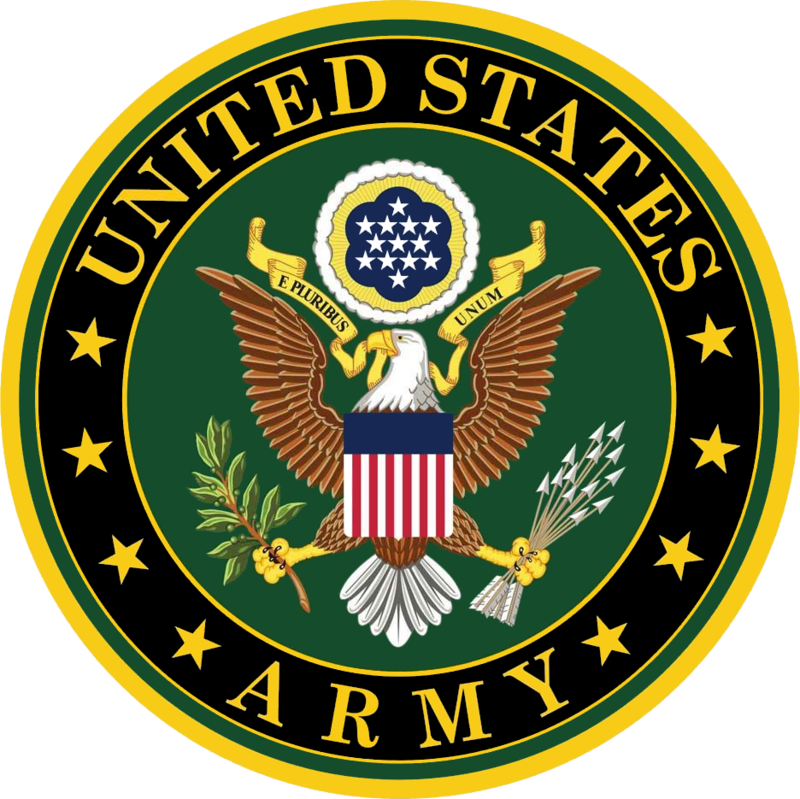ABOUT 617th FAOBN
- Origins and Activation: The 617th Field Artillery Observation Battalion (FAOBN) was activated during World War II on 20 August 1944 at Camp Bowie, Texas, as part of the U.S. Army’s expansion of specialized artillery units.
- Purpose: The battalion’s primary mission was to locate enemy artillery positions using advanced techniques such as sound ranging and flash spotting, making it a key intelligence asset on the battlefield.
- European Theater Operations: The 617th FAOBN served in the European Theater of Operations, participating in campaigns in France, Belgium, and Germany, supporting major U.S. and Allied advances.
- D-Day and Beyond: The unit landed in France shortly after D-Day and played a crucial role in the Battle of the Bulge by pinpointing and neutralizing German artillery threats.
- Technical Innovations: The battalion was among the first to employ radar and other electronic means to detect enemy gunfire locations, greatly enhancing the effectiveness of Allied counter-battery fire.
- Highly Trained Personnel: Members of the 617th FAOBN required specialized training in mathematics, physics, and electronics, reflecting the unit’s technical and analytical focus.
- Support to Multiple Divisions: The 617th provided observation and targeting intelligence to a variety of U.S. divisions and corps, adapting quickly to changing front-line conditions.
- Commendations: The unit earned several commendations for its service, including campaign streamers for its participation in critical operations during World War II.
- Postwar Deactivation: After the end of hostilities in Europe, the battalion was deactivated in late 1945 as part of the postwar drawdown of specialized wartime units.
- Legacy: The technical innovations and operational successes of the 617th FAOBN influenced postwar artillery observation doctrine and contributed to the development of modern target acquisition units.


-Ivy--92829.jpg)
----Ivy--89110.jpg)
----Ivy--54840.jpg)